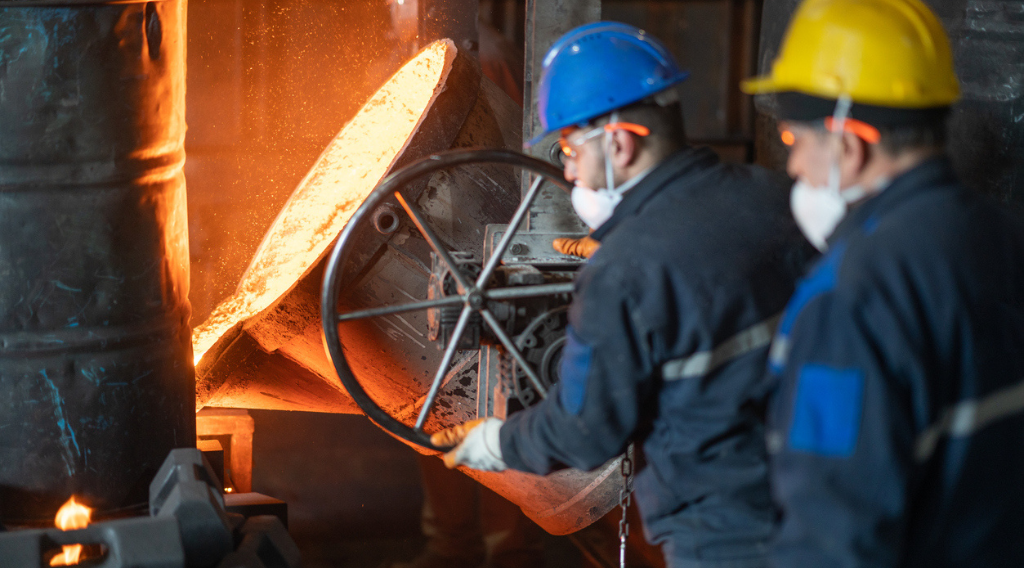
Direct air capture (DAC) technology generates a mix of excitement, skepticism, and optimism as first-mover projects come online, from Iceland to the US. The technology captures carbon dioxide (CO2) from ambient air, which is then used to create products of economic value or stored geologically, thereby removing CO2 from the atmosphere.
That’s why there was great interest and enthusiasm around the recent announcement by Oxy Low Carbon Ventures, a subsidiary of Occidental Petroleum, and Carbon Engineering to undertake the engineering and design to build the world’s largest direct air capture facility. The announcement, which the companies made at GPI’s CO2NNECT event last month in Jackson Hole, WY, is significant in both its scale and the economic model employed. The project would capture 500,000 metric tons of CO2 per year, which would be injected for enhanced oil recovery and geological storage in Texas’ Permian Basin oil fields.
Direct air capture: A promising tool to help reduce global carbon emissions
The most recent report by the Intergovernmental Panel on Climate Change (IPCC) shows that to reach carbon reduction targets, negative emissions technologies must be deployed on a scale that would remove billions of tons from the atmosphere.
To tackle this challenge, technologies need to be demonstrated and projects need to be built in the near term to enable further learning that will reduce costs over time (Carbon Engineering shared the first published paper with a commercial engineering cost breakdown of a DAC facility in Joule last year). This need to travel down the cost curve is no different than any other innovative technology, yet the urgency to eliminate carbon emissions from the energy system means that deployment must occur in an accelerated timeframe. As Christoph Gebald, the founder of Switzerland-based Climeworks (a DAC company) said in their video, “Change only happens if you show solutions.”
DAC technology has the potential to be an important part of the solution set to reach global emissions reductions. The technology can achieve carbon neutrality or negative emissions in sectors that are difficult to decarbonize, like transportation fuels, and the facilities can be sited in locations that reduce the need for infrastructure to transport CO2 over long distances to where it can be used and stored. The challenge is to reduce the cost of direct air capture to a level that enables more large-scale projects.
In the US market today, the most economic existing pathway to capture and store CO2 on a large scale is through enhanced oil recovery. And recently, DAC projects became eligible to participate in expanded incentive programs that could improve project economics and reward companies for keeping captured CO2 out of the atmosphere.
New project demonstrates the importance of 45Q tax credit expansion and increased federal support
The CO2 stored in the newly announced DAC project would be eligible for the federal Section 45Q tax credit for CO2 storage and use that was passed by Congress last year and expanded in part to include DAC facilities. In addition, California has created an incentive opportunity for DAC deployment as part of its state low carbon fuels standard policy. While the federal 45Q tax credit and California state policy provide a foundation for supporting commercial demonstration of DAC technologies, increased federal support will be necessary if DAC and other carbon removal technologies are to make a meaningful contribution toward achieving midcentury decarbonization goals.
Learn about the consensus federal policy blueprint for achieving economywide carbon capture deployment, which was announced at CO2NNECT by the Carbon Capture Coalition (which is co-convened by GPI).
Keep up-to-date on our carbon capture work and more by signing up for our monthly Better Energy newsletter.


